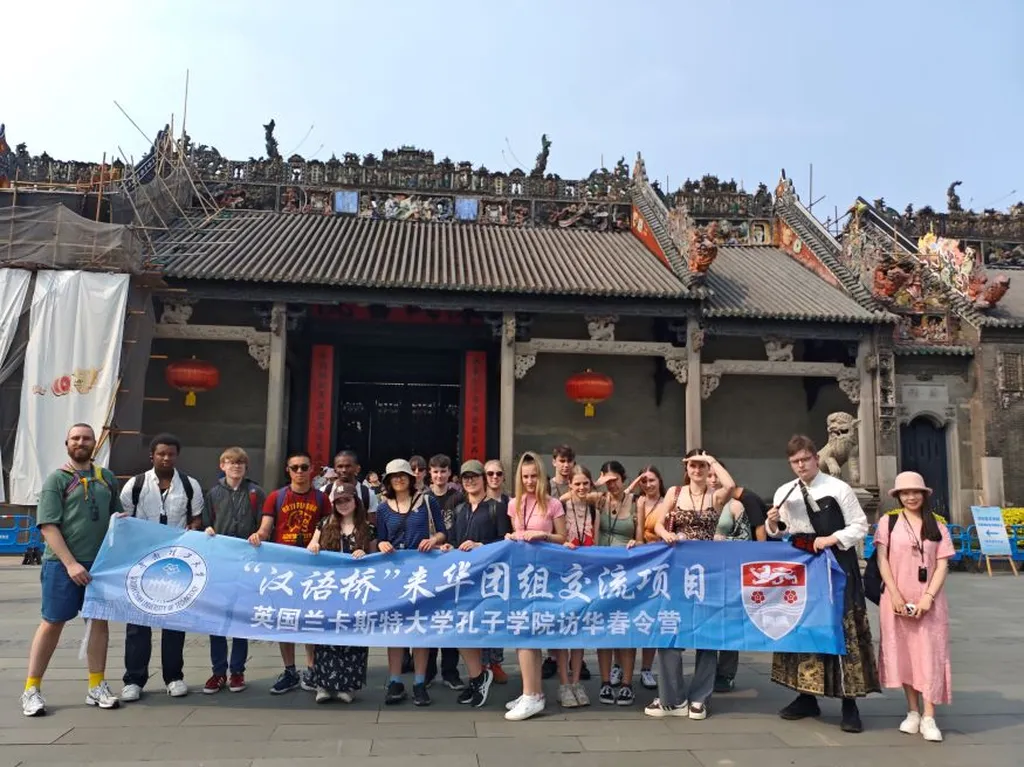In the heart of China’s architectural heritage, a groundbreaking study is shedding new light on the intricate dance between space and culture. Yingqian Yang, a researcher from Guangzhou Huali College, has turned to space syntax analysis to decode the spatial-cultural relationships in traditional Xiangxi academies. This method, which quantifies the organization and function of spaces, is offering fresh insights into how these historic structures embody cultural principles through their design.
Traditional Chinese academies, with their complex layouts, have long been recognized as cultural treasures. However, the quantitative relationship between their spatial arrangements and cultural functions has remained a mystery—until now. Yang’s study, published in the *Journal of Asian Architecture and Building Engineering* (known in English as the *Journal of Asian Architecture and Building Engineering*), examines four representative academies, peeling back the layers of their architectural arrangements to reveal how space and culture intertwine.
The findings are nothing short of revelatory. Lecture halls, for instance, emerge as highly integrated spaces, reflecting their central role in education. “These halls are the heart of the academies,” Yang explains, “Their high integration values underscore their importance as hubs of learning and cultural exchange.” Meanwhile, ceremonial spaces and libraries exhibit strategic spatial segregation, a deliberate design choice that reinforces cultural hierarchy. The study also highlights the adaptability of these layouts, which vary by region while still adhering to traditional cultural patterns.
So, what does this mean for the future? For one, it offers a blueprint for contemporary cultural and educational space design. Architects and urban planners can draw from these findings to create spaces that not only serve functional purposes but also resonate with cultural significance. Moreover, the research provides a robust framework for heritage preservation, ensuring that the cultural essence of these academies is preserved for future generations.
But the implications extend beyond academia. In an era where cultural heritage is increasingly recognized as a valuable asset, this study could influence the tourism and hospitality sectors. By understanding the spatial-cultural relationships in traditional academies, developers can design spaces that attract visitors while respecting and preserving their cultural integrity.
Yang’s work is a testament to the power of interdisciplinary research. By combining architectural analysis with cultural studies, she has uncovered insights that could shape the future of space design. As we continue to explore the intersections of culture and architecture, studies like this one will be instrumental in guiding our approach to heritage preservation and contemporary design.

